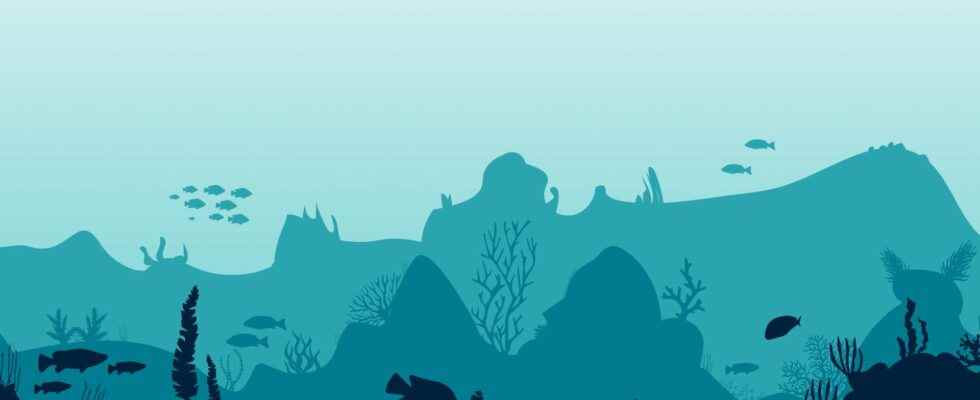Appointed Auroralumina attenboroughii in tribute to the scientist and naturalist David Attenborough, a 560 million year old fossil has just been identified by British researchers. It would correspond to the very first known predator!
You will also be interested
[EN VIDÉO] 5 animals that are living fossils The platypus, nautilus, cockroach, coelacanth or pig-nosed turtle have evolved very little over millions of years.
Of a somewhat curious appearance, the creature is about 20 cm high. Discovered in 2007 in Charnwood Forest, it took fifteen years to formally identify this strange specimen. Appointed Auroralumina attenboroughii in tribute to David Attenborough who himself found many fossils in Charnwood Forest, his characteristics were described in a study published in the journal Nature Ecology and Evolution.
Dated‘Ediacaran, more precisely from 560 million years ago, it was preserved in a slab of siltstone, together with other fossils. Researchers estimate that all became stuck in stone following a flow of sediment and ash down the side of an ancient underwater volcano. According to them, Auroralumina attenboroughii would be a precursor of cnidariansa group of aquatic animals to which the jellyfish and corals. More precisely, it is attached to the jellyfish, a subgroup in which the jellyfish are obviously found.
It pushes back evidence of predation in the animal kingdom by around 20 million years
Researchers are excited about this discovery: it’s the first ever predator never known! “It is generally accepted that modern animal groups like jellyfish appeared 540 million years ago during the Cambrian Explosion. But this predator predates that by 20 million years.”said Phil Wilby, paleontologist to British Geological Survey.
It is also the very first example of an organism with a skeleton ! “It’s unlike anything else we found in the fossil record at the time, wondered Dr. Frankie Dunn, first author of the study and paleontologist at the University of Oxford. This one clearly has a skeleton, with densely packed tentacles that would have tossed about in the water capturing passing food, much like corals and sea anemones do today.”.
A desire to escape for the summer?
To celebrate the holidays as it should be, discover the Mag Futura at the preferential price of €15 instead of €19, i.e. a reduction of 20% !
On the program of this issue: a dive into the heart of 4 scientific themes that will mark 2022, from the Earth to the Moon:
- What mysteries does the Moon still hide from us?
- Will we soon be able to cure everything thanks to genes?
- How to feed the world without destroying it?
- Can artificial intelligence become truly intelligent?
What is Mag Futura?
- Our first paper journal of more than 200 pages to make science accessible to as many people as possible
- 4 major scientific questions for 2022, from the Earth to the Moon
- Home delivery*
*Delivery is made in France (excluding metropolitan France), Switzerland, Belgium.
Interested in what you just read?
